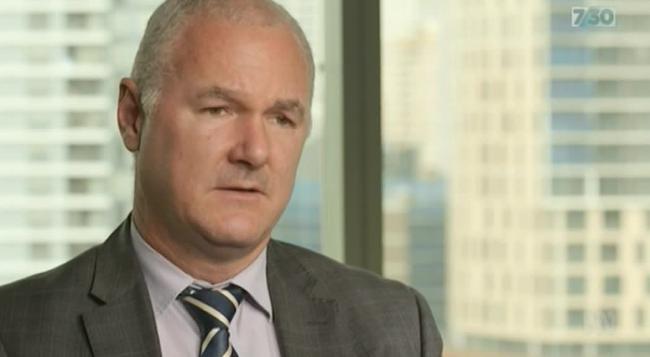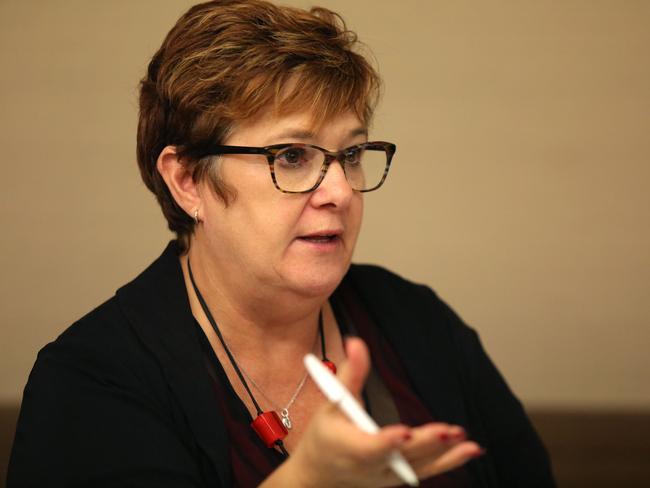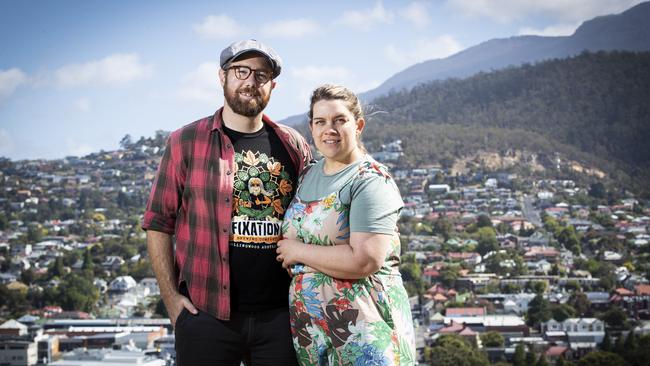Tasmanian suburbs which will lose affordable rentals
Hundreds of tenants across Tasmania could be exposed to rent spikes as an affordable rental scheme winds up. These are the suburbs which will lose the most over the next seven years.

Politics
Don't miss out on the headlines from Politics. Followed categories will be added to My News.
HUNDREDS of vulnerable tenants across Tasmania could be exposed to rent spikes of up to 20 per cent as the National Rental Affordablity Scheme comes to an end.
As the housing affordability crisis continues, an analysis by The Mercury reveal the suburbs that will lose the most affordable rentals over the next seven years as the time-limited NRAS winds up.
Greater Hobart will have 667 homes come off the scheme – including 450 in central Hobart.
Launceston will lose 432 affordable rentals subsidised by the NRAS, including 195 located in Newnham and 120 in Invermay, according to Department of Social Services figures.
Burnie and surrounds will have 110 rentals come off the scheme, while Devonport will have more than 50.
Almost 1500 homes with rent set at least 20 per cent below market price under the NRAS will progressively exit the scheme until June 2026 as their 10-year incentives end.
That includes 128 rentals this year.
The biggest concerns are for 313 properties owned by mum and dad investors, rather than 1179 properties owned by endorsed charities.

Community Housing Limited, one of the not-for profits that owns some of the homes, has confirmed they will continue to rent them at affordable rates.
But private landlords could sell their NRAS properties or raise rents to market rates, and capitalise on current booming prices.
A TasCOSS spokeswoman said rents could increase by up to 20 per cent.
“This means if you’re currently paying $336 a week rent in an NRAS property, your rent could potentially increase to $420 a week,” she said.
Shelter Tasmania chief executive Pattie Chugg said it would only compound the problem in Tasmania, where there was already a lack of affordable rentals.
“When the NRAS scheme ends, tenants will face a highly competitive and challenging private rental market in Tasmania where rents have surged in recent years,” she said.
“To achieve or maintain housing stability in this environment, many current tenants will need additional assistance and support.”
Shelter Tas has called for a State Government review of the expiring NRAS, and its impacts on tenants.
Tasmanian Labor Senator Anne Urquhart said families using the scheme could have to find a new place to live.
“I simply don’t know anyone who could afford to pay a 20 per cent increase in their rental costs in one year,” Senator Urquhart said.

She also raised concerns about the impacts in the North West, where incomes were generally lower and unemployment was significantly higher.
Crossbench Senator Jacqui Lambie said the state and federal governments must invest more in social housing, adding: “Every Tasmanian deserves to have a roof over their head.”
The federal government under then-Prime Minister Tony Abbott opted to end the NRAS in the 2014 budget.
Social Services Minister Anne Ruston said the “poorly designed scheme”, begun by Labor Prime Minister Kevin Rudd, had been rorted by some participants at the expense of mum and dad investors and the community housing sector.
“Labor’s mess cost Australian taxpayers $3.5 billion to deliver just 35,000 properties, of which about 5000 are specialist student accommodation that do nothing to offer low-income families affordable housing,” she said.
Minister Ruston said the Hobart City Deal would deliver more than 100 social or affordable homes, while the decision to waive Tasmania’s $157.6 million housing debt would save the State Government up to $15 million annually, which would allow it to provide about 80 more homes for people on the social housing waiting list each year.

MASSES TAKE UP LOAN PROGRAM
ROBERT and Chantell McShane are among thousands of Australians using the federal government’s new first homebuyer scheme hoping to get into the property market with just a 5 per cent deposit.
New figures show 129 Tasmanians are among almost 6500 Aussies to date who have applied for the First Home Loan Deposit Scheme, which guarantees up to 15 per cent of the value of the property.
Hundreds of people aged in their 40s – and even some in their 50s – are using the scheme to enter the market for the first time, as prices soar across Australia.
But even after being granted conditional approval for the program, the McShanes are finding it hard to buy a house in Hobart’s “cut throat” market. Each of the 10 or so open homes they’ve attended so far has had about five couples looking.
“It’s not as crazy as the rental market. There were queues out the doors of some properties when we were looking for a rental,” Mr McShane said.
“One of the reasons we moved back to Tassie was because we wanted to buy, and the Sydney market was even worse.”
The 34-year-old said the first home loan deposit scheme would help them afford a property without having to fork out for lenders mortgage insurance.
Up to 10,000 homebuyers will be able to apply for the scheme per financial year.
More than 3500 applications are still available this year, with the number resetting to 10,000 in July.
It can be used to buy homes up to $400,000 in major cities and regional centres, and up to $300,000 across the rest of Tasmania.
Housing Minister Michael Sukkar said it would cut years off the time many Australians would need to save a deposit.
But Mr McShane said an unfortunate consequence of more help for first homebuyers was that when an incentive was made available, property prices increase with it.
“If we’re unsuccessful with offers, we can just maintain the status quo, keep renting, keep saving and hopefully something comes our way,” he said.


